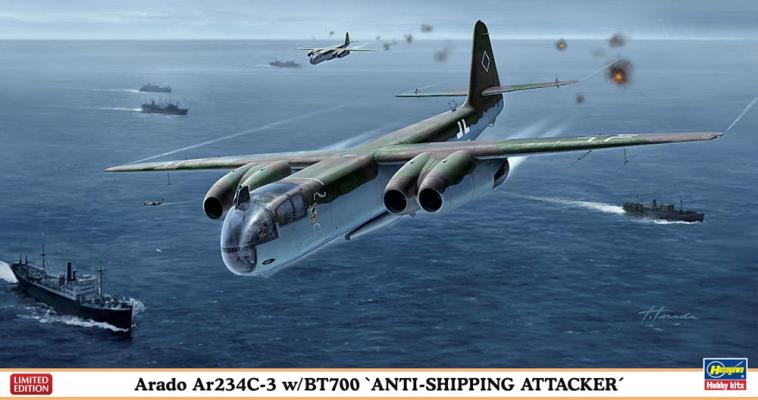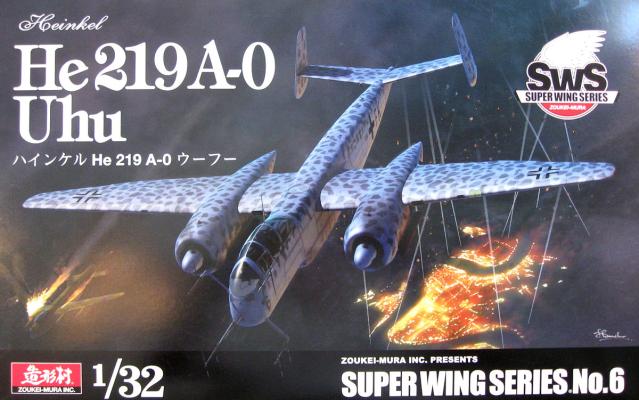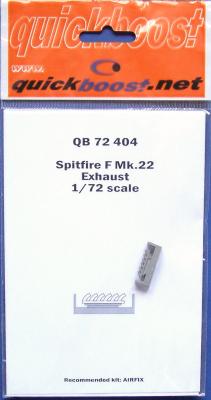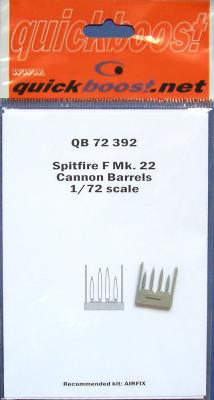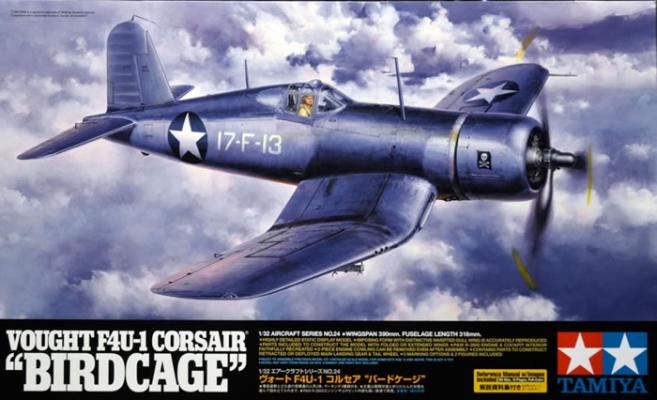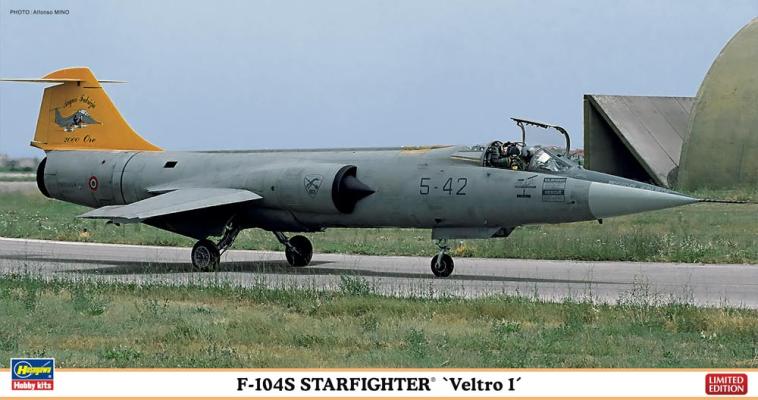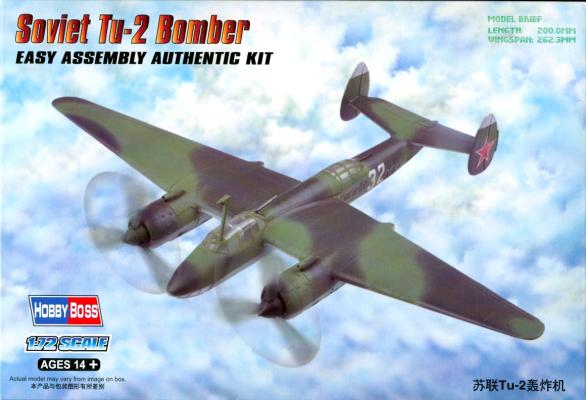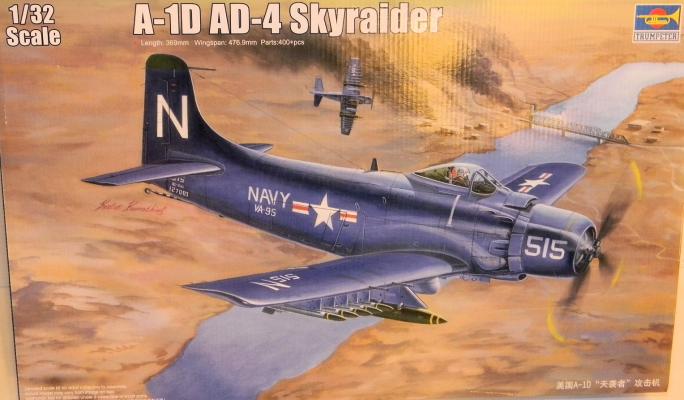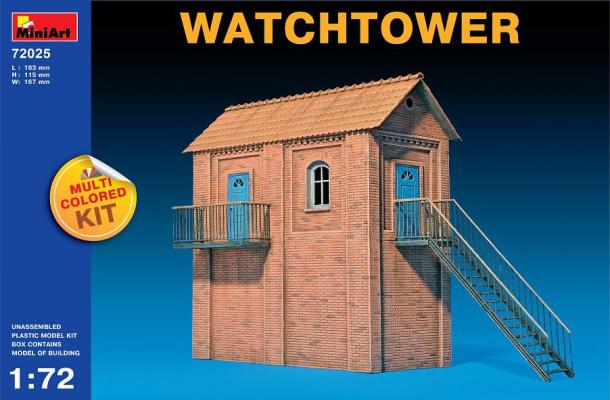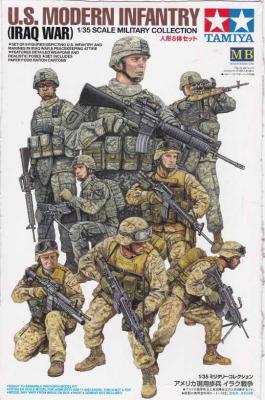The usual sincere appreciation goes out to our friends at Hobbico (Hasegawa USA) for supplying IPMS USA yet another sample of their manufacturer’s prolific output. I am constantly amazed at what they deliver!
I really like the Arado series of aircraft, so when the opportunity to build this one came up, I raised my hand. Having built a few of these in the past, I must comment on the condition of the kit. I did NOT notice any creeping mold-failures, excess flash, or other blemishes that identify what used to be known as an “old” model (anything over 10 years). The kit looked as if it were a brand-new design. Fit and construction confirmed the same. The basic model from Hasegawa is now a decade old, and what is in the box hides its age well. Engineering at its finest, ‘tis true.

